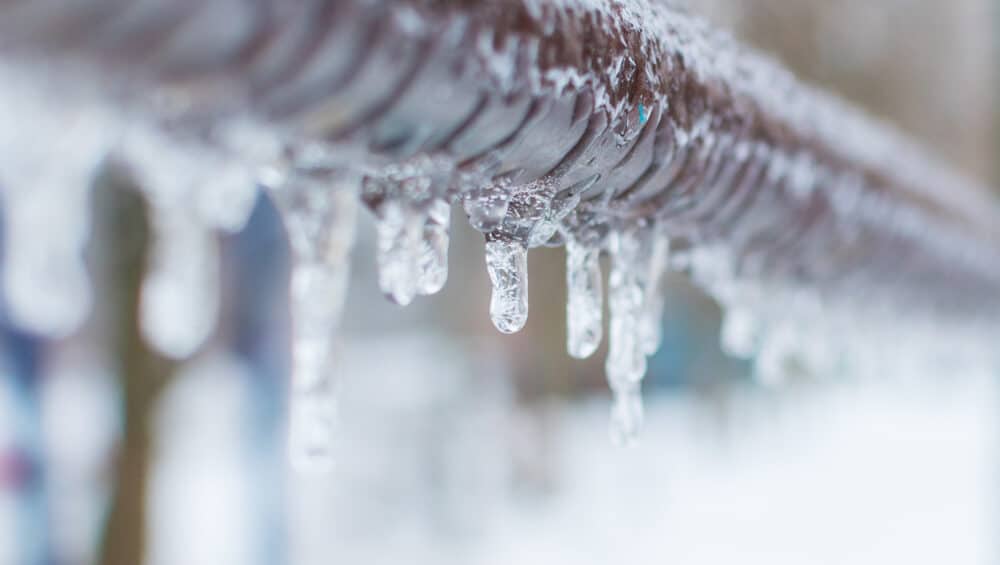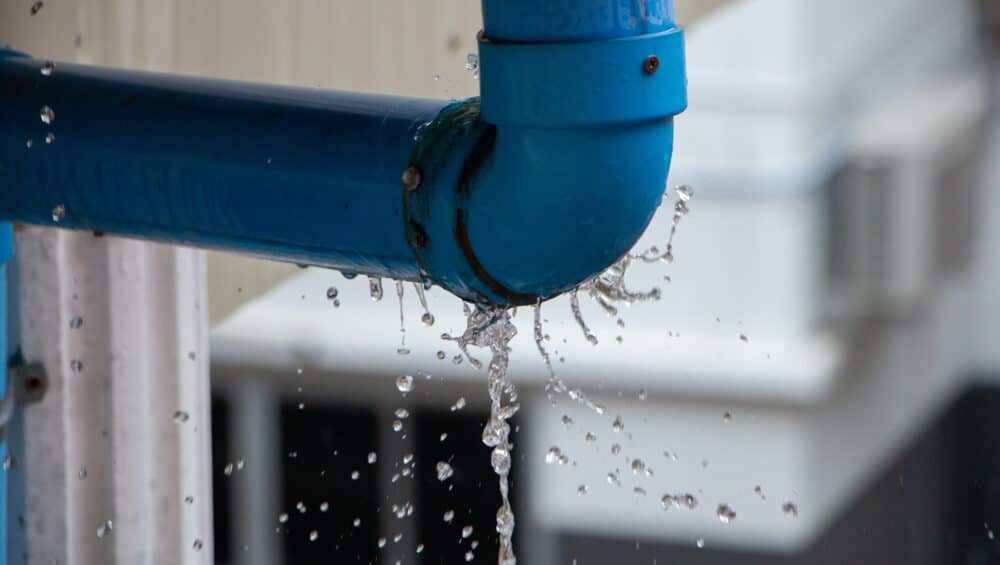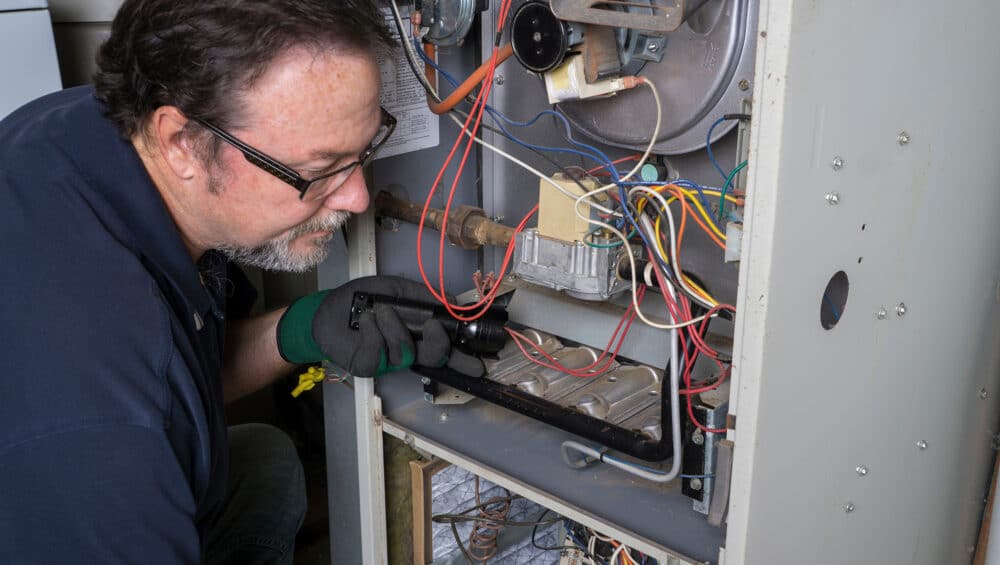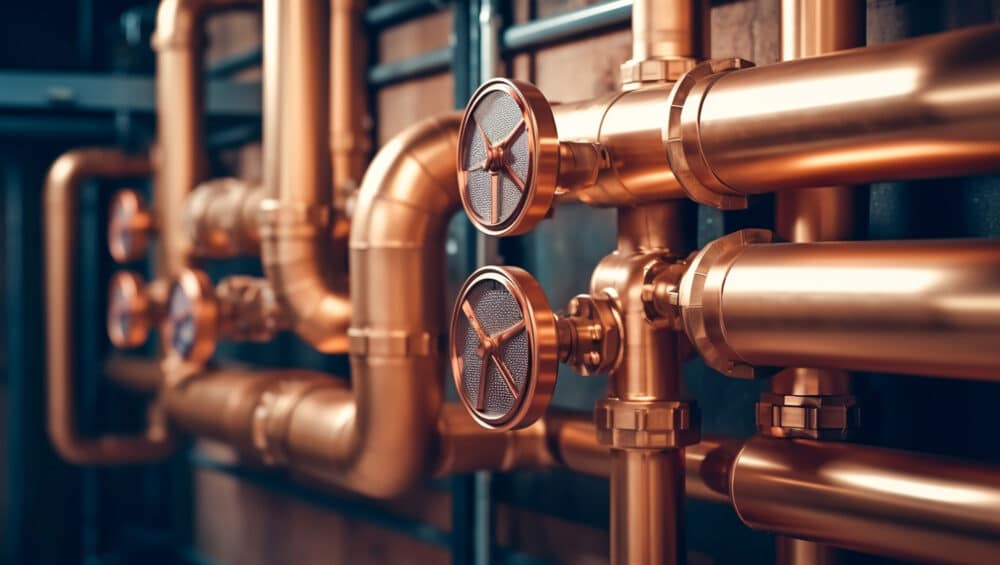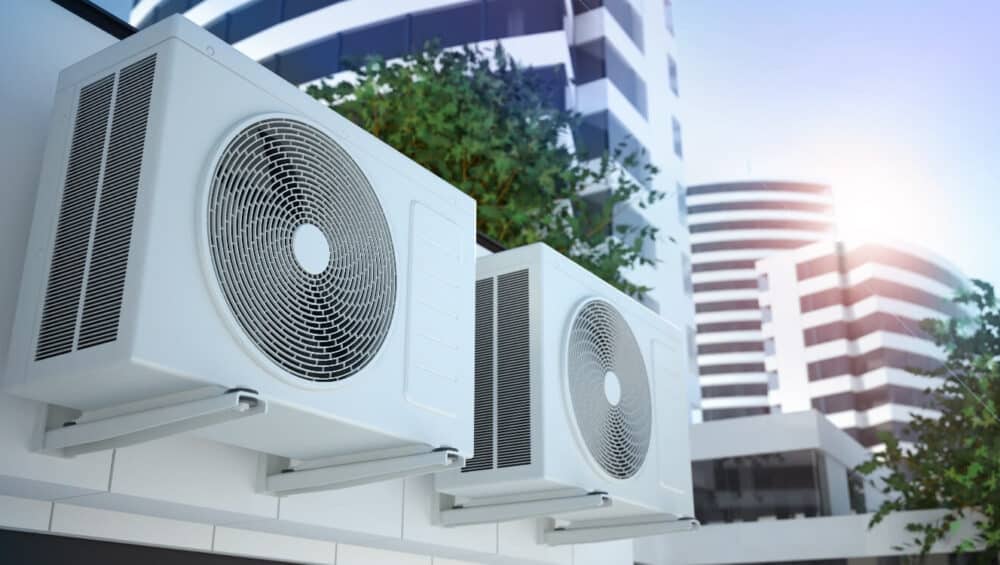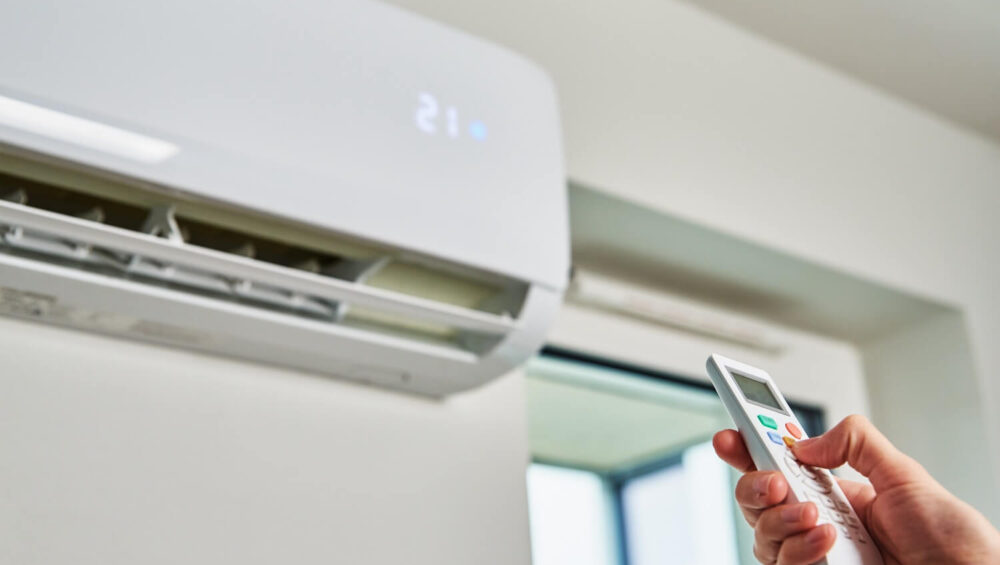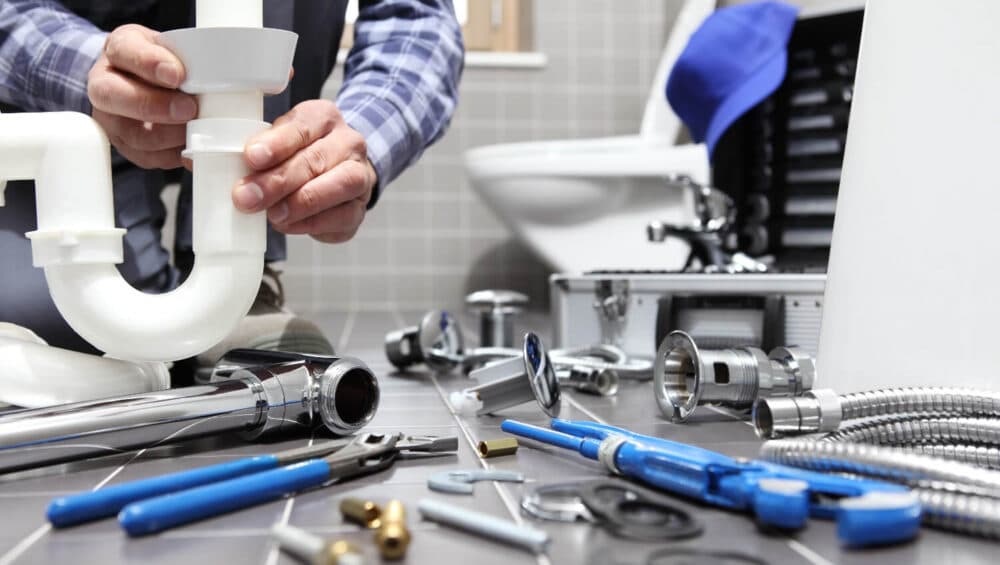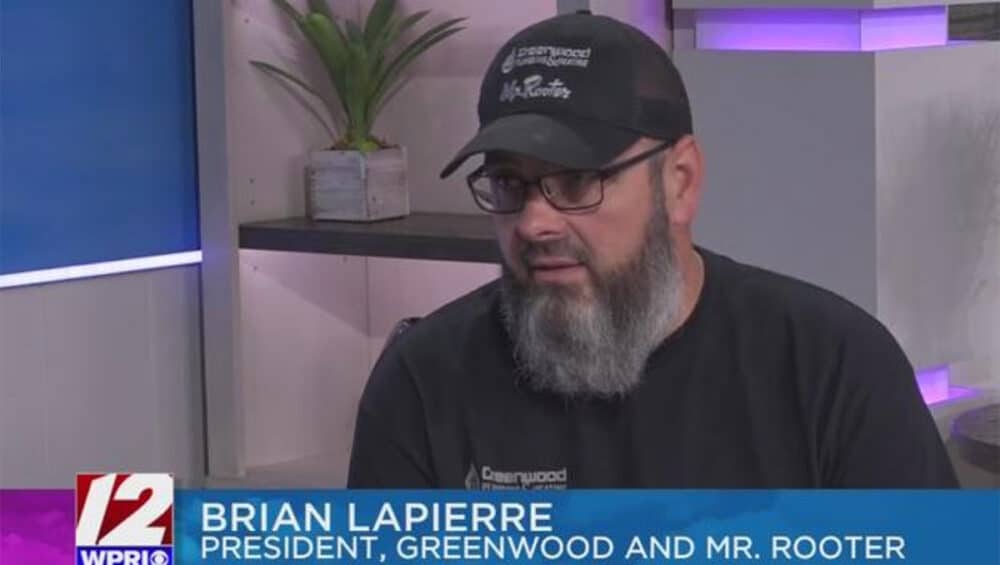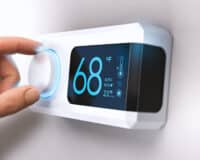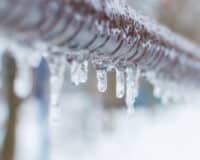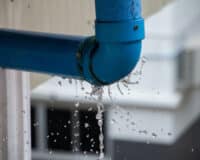Efficient Ways to Heat Your Home: A Guide for Homeowners
The east coast is experiencing high temperatures in triple digits as summer advances. Air conditioning units are crucial during this time, especially since most of them are usually situated in the backyard. It’s important to note that AC units need regular maintenance like any other home appliance. Here are four ways that you can enhance your unit’s performance.
Check your ac filters
If you’re using inexpensive fiberglass filters, it’s recommended that you change them once a month. However, fiberglass filters may not be the most effective. Checking high-end pleated filters every three to six months should suffice. It’s worth noting that the frequency of changes will depend on your typical use. During the summer when allergens and dust levels are high, it’s especially important to keep your filters clean. A clogged filter can strain your central air conditioning unit and cause it to consume more energy.
2. Keep heat away from your thermostat
Your air conditioner turns on and off as instructed by the thermostat. If there’s a heat source like a lamp or TV near your thermostat, relocate it. Such appliances can cause the thermostat to activate your AC unit earlier than required. Similarly, if the sun shines on your thermostat from a window, it can also trigger your AC to start too soon.
3. Weatherproof your home
To keep cold air inside your home, make sure to weatherproof it. This involves using caulking to seal any leaks and installing weather-stripping around your doors. Also, consider adding insulation in areas like air conditioning ducts that may need it.
4. Call a professional
It is recommended to have your HVAC unit inspected annually before the onset of hot weather. If you haven’t had the inspection done yet, you can still get it done. Ensure that you use a reliable contractor who is licensed, bonded, and insured. A tune-up for your air conditioner may cost about $100, but it’s a worthwhile investment. Tuning up your unit can extend its lifespan significantly.

